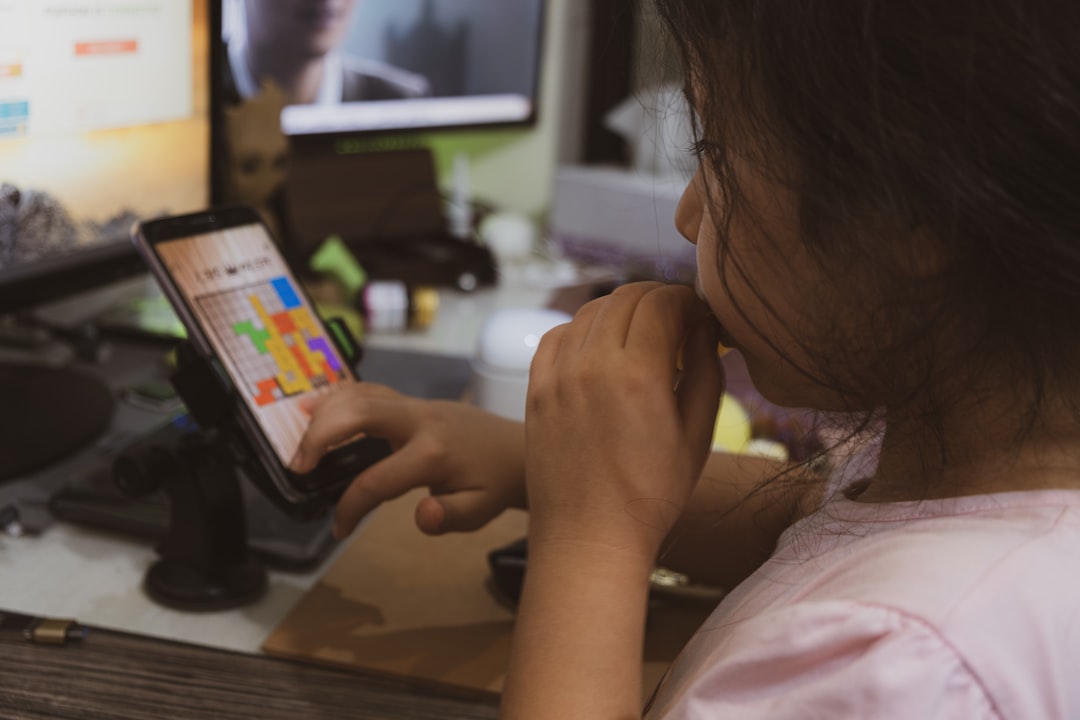In recent years, the rise of MOOCs (Massive Open Online Courses) has revolutionized the way we learn and access education. MOOCs are online courses that can be taken by anyone, anywhere in the world, and are typically free of charge. These courses are offered by some of the world’s leading universities and are designed to provide access to high-quality education to all people, regardless of their location or financial situation.
The origins of MOOCs can be traced back to the mid-2000s, when a group of educators began experimenting with online learning methods that would allow more students to access high-quality academic content. One of the earliest platforms was MIT’s OpenCourseWare, which made the institute’s course material available for free online. This was later followed by the launch of websites such as Coursera, edX, and Udacity, which offered online courses from leading universities around the world.
The popularity of MOOCs has exploded in recent years, with millions of students enrolling in courses every year. The impact of MOOCs on e-learning has been immense as they have provided access to education to those who might not have had the opportunity due to factors such as geographic location, lack of financial resources, or other barriers. MOOCs have made it possible for anyone to learn from leading experts in their field, without having to pay for tuition fees, course materials, or travel expenses.
One of the key benefits of MOOCs is the flexibility they offer. Unlike traditional classroom-based education, MOOCs allow students to learn at their own pace and in their own time. This means that students can balance their studies with work or other commitments, and can take a course from anywhere in the world. MOOCs also offer a variety of topics, with courses available in everything from computer science and engineering to social sciences and humanities.
Another significant impact of MOOCs on e-learning is their potential to enhance the quality of education. MOOCs are typically designed by experts in the field, and by making these courses available online, universities are able to reach a wider audience and offer more diverse perspectives. Additionally, MOOCs often include interactive simulations and virtual labs, allowing students to gain hands-on experience in their chosen subject. Furthermore, MOOCs often include online forums and discussions, allowing students to engage in peer-to-peer learning and receive feedback from their peers.
However, MOOCs are not without their challenges. One of the most significant challenges is the lack of interaction between educators and students. Unlike traditional classroom-based education, MOOCs do not offer the same level of personal interaction between students and educators. This can be particularly challenging for students who need extra support or who struggle with self-motivation. Additionally, the high drop-out rate of MOOCs is a concern, with many students failing to complete the course due to factors such as lack of motivation or time constraints.
In conclusion, MOOCs have had a significant impact on e-learning in recent years. They have provided access to education for millions of people around the world and have the potential to enhance the quality of education by providing access to experts and diverse perspectives. While MOOCs are not without their challenges, they represent a powerful tool in the effort to make education accessible to all. As the demand for education continues to grow, MOOCs will likely play an increasingly important role in the future of e-learning.

